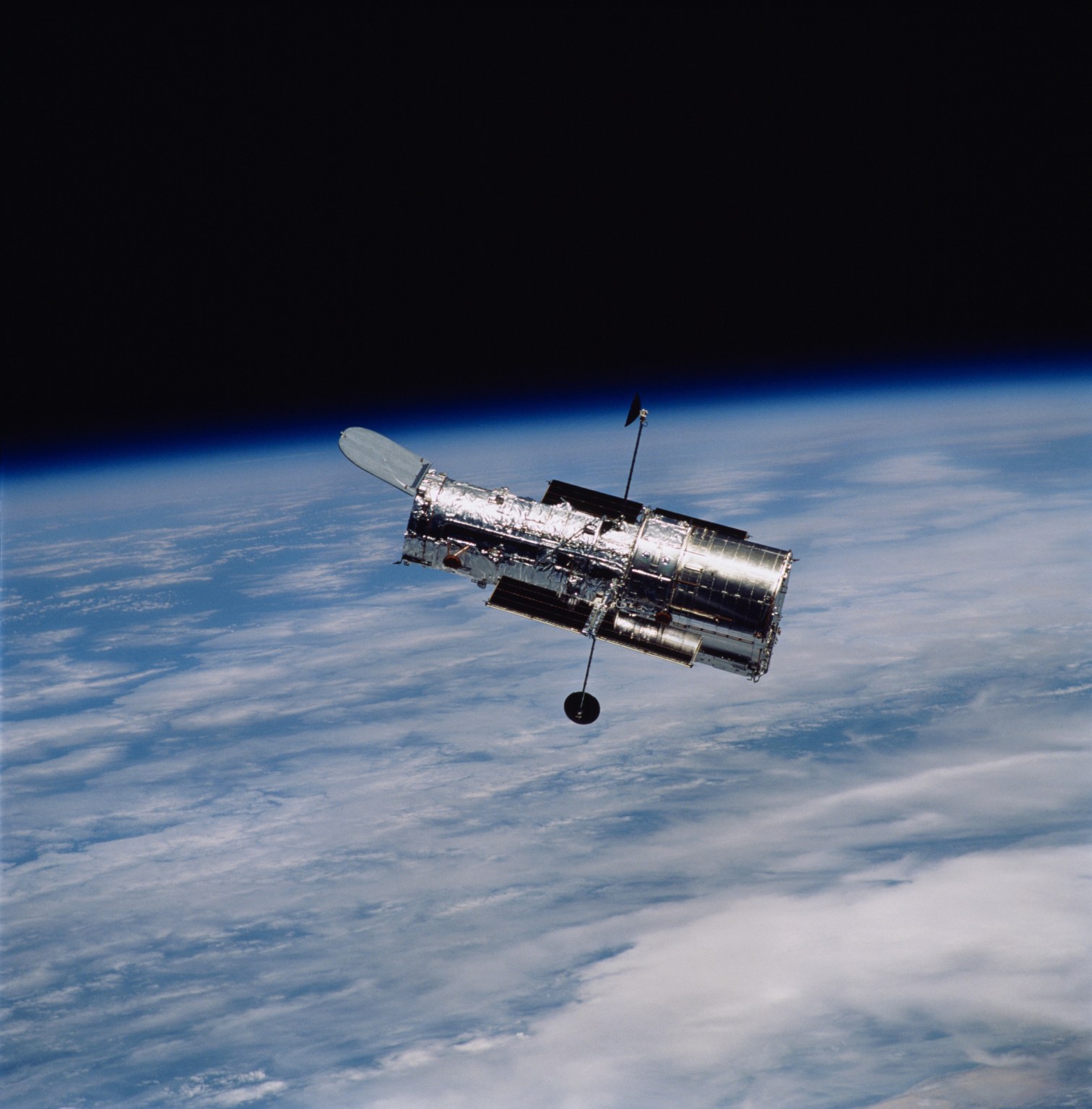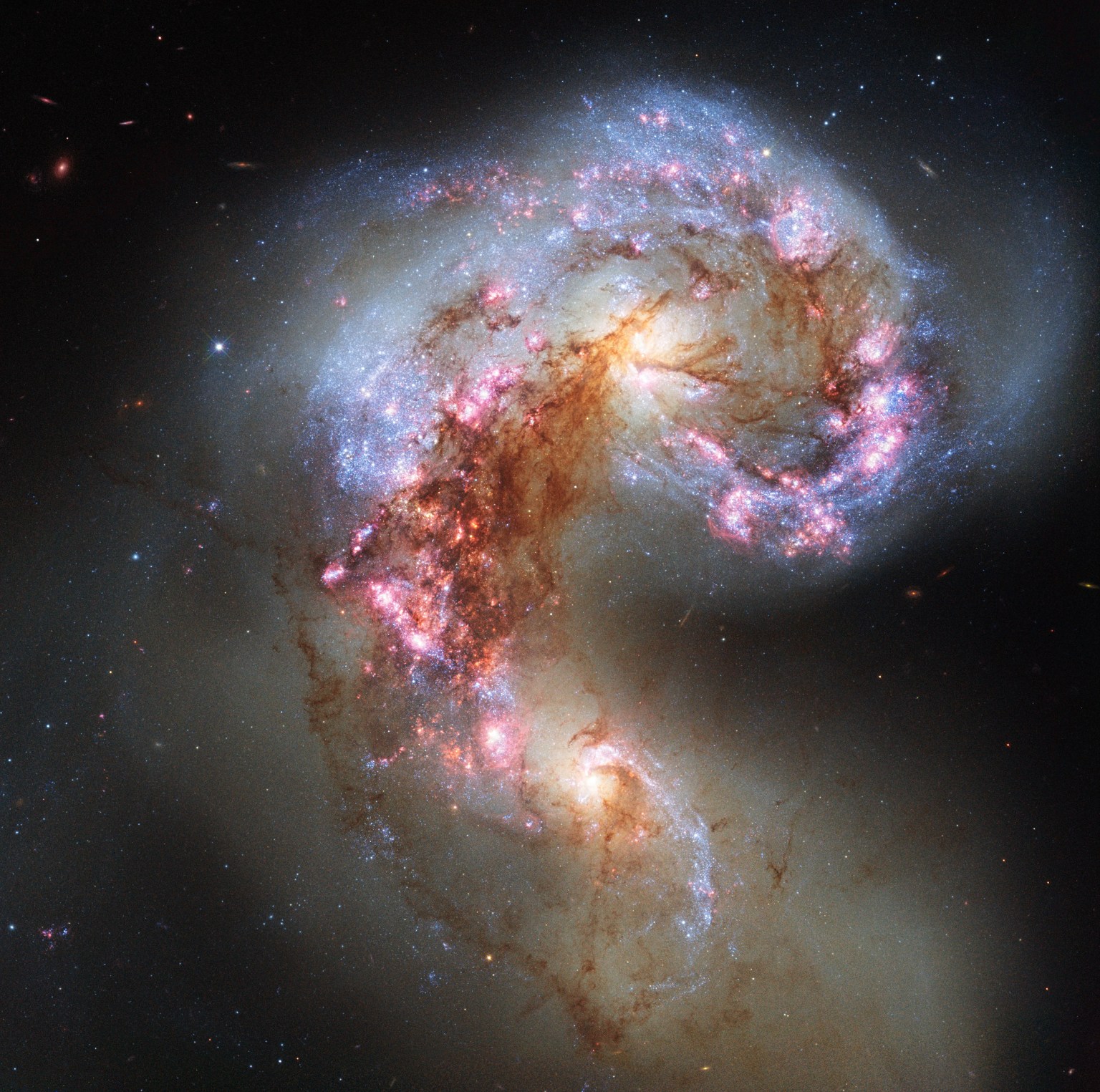Hubble Captures an Active Galactic Center
- Hubble Space Telescope captures an image of UGC 11397, a spiral galaxy with a supermassive black hole at its center.
- The black hole contains 174 million times the mass of our Sun and is actively growing, emitting bright X-ray light that can pierce through thick clouds of dust.
- UGC 11397 is classified as a Type 2 Seyfert galaxy, where the central region is hidden from view in visible light by a donut-shaped cloud of dust and gas.
- The Hubble observations will help researchers study hundreds of galaxies with supermassive black holes, weighing nearby black holes, understanding their growth early in the universe’s history, and studying star formation at galaxy centers.
- This is just one example of the many discoveries made possible by the Hubble Space Telescope, which has revolutionized our understanding of the universe since its 1990 launch.
2 min read
Hubble Captures an Active Galactic Center
The light that the NASA/ESA Hubble Space Telescope collected to create this image reached the telescope after a journey of 250 million years. Its source was the spiral galaxy UGC 11397, which resides in the constellation Lyra (The Lyre). At first glance, UGC 11397 appears to be an average spiral galaxy: it sports two graceful spiral arms that are illuminated by stars and defined by dark, clumpy clouds of dust.
What sets UGC 11397 apart from a typical spiral lies at its center, where a supermassive black hole containing 174 million times the mass of our Sun grows. As a black hole ensnares gas, dust, and even entire stars from its vicinity, this doomed matter heats up and puts on a fantastic cosmic light show.
Material trapped by the black hole emits light from gamma rays to radio waves, and can brighten and fade without warning. But in some galaxies, including UGC 11397, thick clouds of dust hide much of this energetic activity from view in optical light. Despite this, UGC 11397’s actively growing black hole was revealed through its bright X-ray emission — high-energy light that can pierce the surrounding dust. This led astronomers to classify it as a Type 2 Seyfert galaxy, a category used for active galaxies whose central regions are hidden from view in visible light by a donut-shaped cloud of dust and gas.
Using Hubble, researchers will study hundreds of galaxies that, like UGC 11397, harbor a supermassive black hole that is gaining mass. The Hubble observations will help researchers weigh nearby supermassive black holes, understand how black holes grew early in the universe’s history, and even study how stars form in the extreme environment found at the very center of a galaxy.
Media Contact:
Claire Andreoli (claire.andreoli@nasa.gov)
NASA’s Goddard Space Flight Center, Greenbelt, MD





